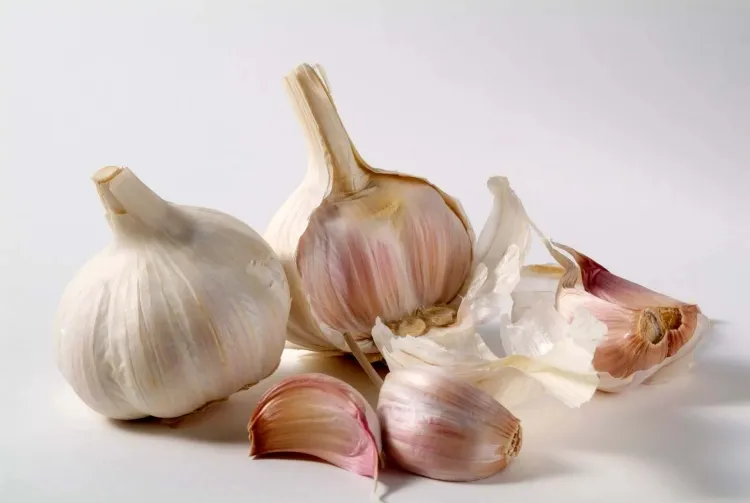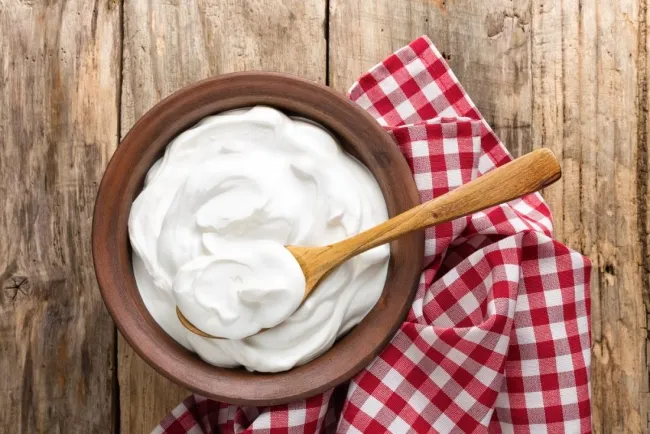"Garlic: The All-Purpose Wonder of Flavor and Health...!!!
Garlic is a remarkable ingredient with a wide range of culinary and medicinal uses. Its rich history, health benefits, and versatility make it a valuable addition to any kitchen. Whether you use it to enhance the flavor of your favorite dishes or to boost your immune system, garlic is sure to leave a lasting impression.

Introduction to Garlic
Garlic (Allium sativum) is a bulbous plant that belongs to the onion family (Alliaceae). It has been cultivated for thousands of years and is renowned for its pungent flavor and numerous health benefits. Originating from Central Asia, garlic has become a staple ingredient in cuisines all around the globe.
Types of Garlic
Garlic comes in several varieties, each with unique characteristics. Here are some common types:
-
Softneck Garlic (Allium sativum var. sativum)
-
This variety is commonly found in supermarkets and is known for its mild flavor.
-
Softneck garlic has a longer shelf life and is easier to braid for storage.
-
Varieties include Silverskin and Artichoke garlic.
-
-
Hardneck Garlic (Allium sativum var. ophioscorodon)
-
Hardneck garlic has a stronger flavor and produces a flower stalk called a scape.
-
It is better suited for colder climates and has a shorter shelf life.
-
Varieties include Rocambole, Purple Stripe, and Porcelain garlic.
-
-
Elephant Garlic (Allium ampeloprasum)
-
Despite its name, elephant garlic is more closely related to leeks than to true garlic.
-
It has large cloves and a milder flavor compared to regular garlic.
-
Nutritional Profile of Garlic
Garlic is a nutrient-dense food, packed with vitamins and minerals. Key nutrients found in garlic include:
-
Vitamins: Garlic is rich in vitamins B6 and C, which are essential for immune function and overall health.
-
Minerals: It contains manganese, selenium, calcium, and phosphorus, among other minerals.
-
Antioxidants: Garlic is a potent source of antioxidants, including allicin, which offers numerous health benefits.
Health Benefits of Garlic
Garlic has been valued for its medicinal properties for centuries. Here are some of its health benefits:
-
Boosts Immune System
-
Garlic enhances immune function, helping the body fight off infections and illnesses.
-
Regular consumption of garlic can reduce the severity and duration of common colds and flu.
-
-
Lowers Blood Pressure
-
Studies have shown that garlic can help lower blood pressure in people with hypertension.
-
The sulfur compounds in garlic, such as allicin, have a relaxing effect on blood vessels.
-
-
Improves Cholesterol Levels
-
Garlic can help reduce total and LDL cholesterol levels, lowering the risk of heart disease.
-
It also has a positive effect on HDL cholesterol (the "good" cholesterol).
-
-
Antioxidant Properties
-
The antioxidants in garlic protect the body from oxidative damage caused by free radicals.
-
This can help reduce the risk of chronic diseases, such as cancer and Alzheimer's.
-
-
Anti-Inflammatory Effects
-
Garlic has anti-inflammatory properties that can help alleviate conditions like arthritis and asthma.
-
-
Antibacterial and Antiviral Properties
-
Garlic has natural antibacterial and antiviral properties, making it effective against various infections.
-
It can be used topically to treat fungal infections and wounds.
-
Culinary Uses of Garlic
Garlic is a versatile ingredient used in countless dishes worldwide. Common culinary applications include:
-
Flavoring Agent
-
Garlic is used to enhance the flavor of savory dishes, including soups, stews, sauces, and marinades.
-
It can be minced, chopped, crushed, or sliced, depending on the desired flavor intensity.
-
-
Condiment
-
Garlic can be pickled, roasted, or made into garlic paste to be used as a condiment.
-
Roasted garlic has a sweet and mellow flavor, making it a popular spread for bread and crackers.
-
-
Aromatic Base
-
Garlic is often used as part of an aromatic base, along with onions and other vegetables, for cooking.
-
It is sautéed in oil or butter to release its flavor and aroma before adding other ingredients.
-
-
Herbal Butter
-
Garlic butter, made by mixing minced garlic with softened butter, is a delicious topping for bread, vegetables, and grilled meats.
-
-
Fermented Garlic
-
Black garlic is made by fermenting whole garlic bulbs at a controlled temperature and humidity.
-
This process results in a sweet, tangy flavor and a soft, jelly-like texture.
-

Medicinal Uses of Garlic
Garlic has been used in traditional medicine for its therapeutic properties. Common medicinal uses include:
-
Cold and Flu Remedy
-
Garlic supplements or raw garlic can be taken to boost the immune system and reduce the severity of colds and flu.
-
-
Digestive Aid
-
Garlic can help improve digestion and alleviate gastrointestinal issues, such as bloating and gas.
-
It also has prebiotic properties that promote the growth of beneficial gut bacteria.
-
-
Detoxification
-
Garlic can aid in detoxifying the body by enhancing liver function and promoting the elimination of toxins.
-
-
Wound Healing
-
Garlic's antibacterial properties make it effective for treating wounds and preventing infections.
-
How to Use Garlic
Garlic can be used in various forms, including fresh, dried, powdered, and as an oil extract. Here are some tips for using garlic:
-
Fresh Garlic
-
When using fresh garlic, remove the papery skin and chop, mince, or crush the cloves as needed.
-
Fresh garlic can be stored in a cool, dry place for several weeks.
-
-
Dried Garlic
-
Dried garlic, such as garlic powder or granules, is convenient for seasoning dishes.
-
It has a longer shelf life and can be used as a substitute for fresh garlic.
-
-
Garlic Oil
-
Garlic oil can be used for cooking or as a dressing for salads and vegetables.
-
It is made by infusing oil with garlic, resulting in a flavorful and aromatic oil.
-
-
Garlic Supplements
-
Garlic supplements, such as garlic capsules or tablets, are available for those who want to enjoy the health benefits of garlic without the strong odor.
-
Always consult with a healthcare provider before taking any supplements.
-
Safety Precautions
While garlic is generally safe for consumption, it is important to be aware of potential side effects and interactions:
-
Allergies: Some individuals may be allergic to garlic and should avoid its consumption.
-
Digestive Issues: Excessive consumption of garlic can cause gastrointestinal discomfort, such as heartburn and gas.
-
Medication Interactions: Garlic can interact with certain medications, such as blood thinners and anticoagulants. Consult with a healthcare provider if you are taking any medications.
Garlic is a remarkable ingredient with a wide range of culinary and medicinal uses. Its rich history, health benefits, and versatility make it a valuable addition to any kitchen. Whether you use it to enhance the flavor of your favorite dishes or to boost your immune system, garlic is sure to leave a lasting impression.
What's Your Reaction?

















